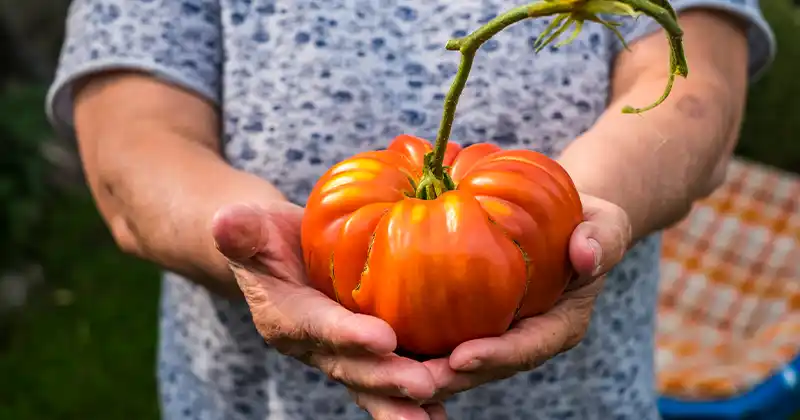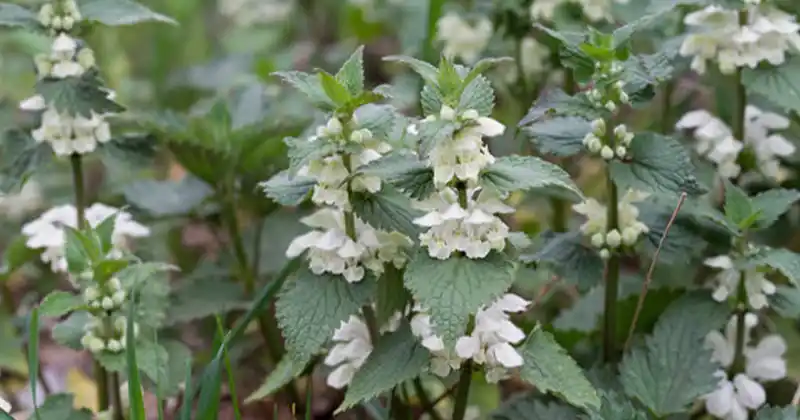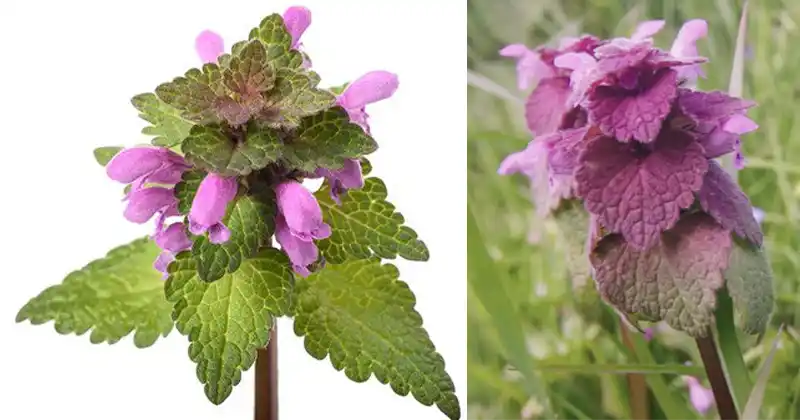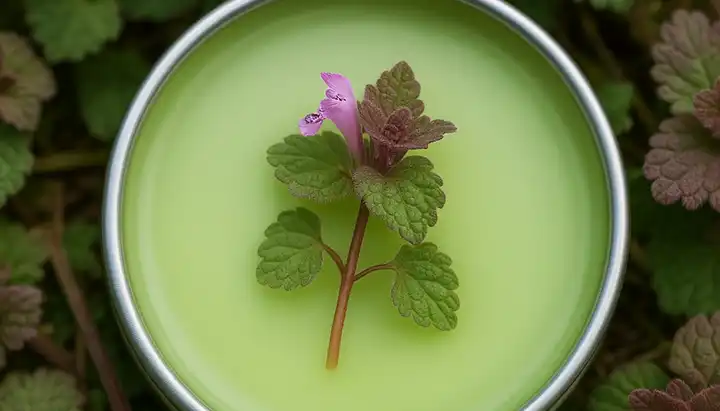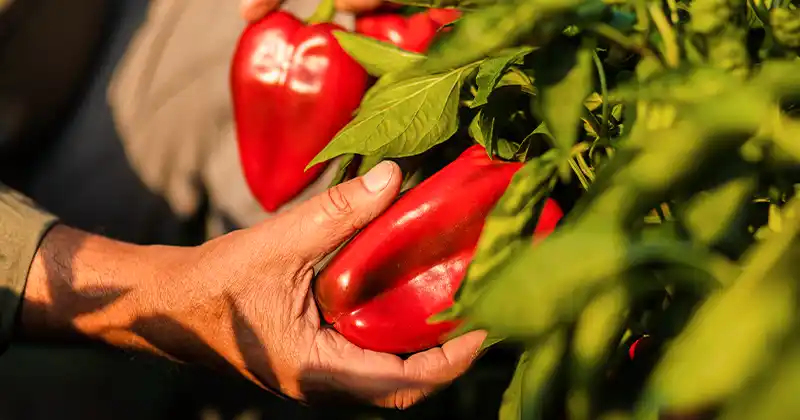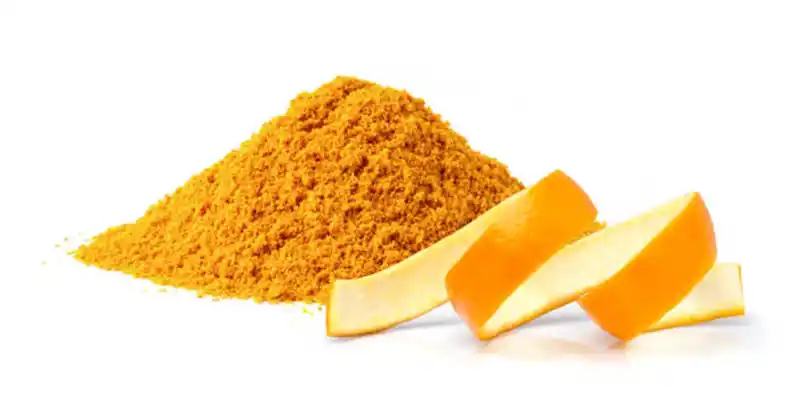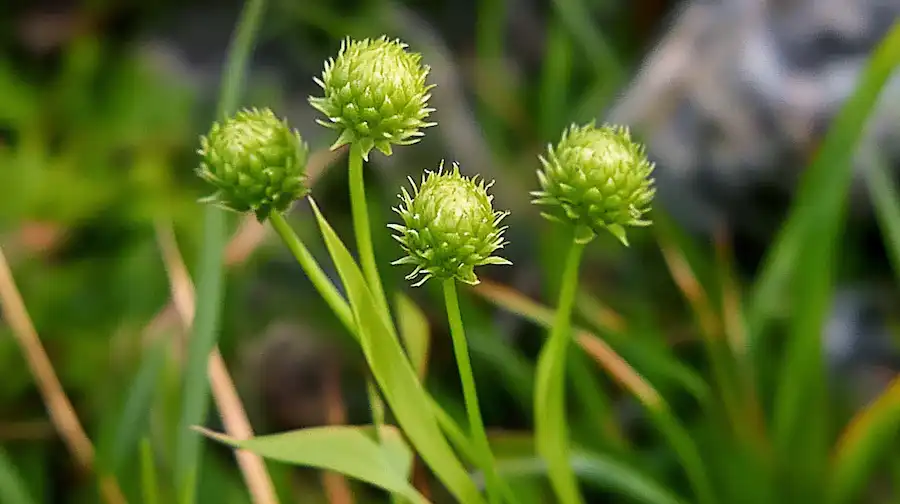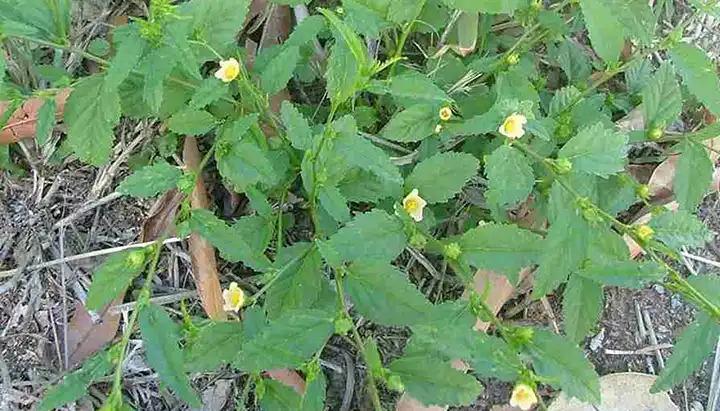How to Grow Cantaloupe Melons in Containers or Bags at Home
Growing cantaloupe melons (Cucumis melo) at home is a rewarding endeavor, especially for those with limited garden space. Utilizing containers or grow bags allows gardeners to manage the growing environment effectively, leading to a bountiful harvest of juicy, sweet melons. Below is a step-by-step guide to growing cantaloupe melons in containers or bags at home.
Step 1: Choose the Right Varieties
Select compact or bush varieties of cantaloupe that are suitable for container growing. Examples include the Minnesota Midget and the Tasty Bites, known for their adaptability to smaller spaces.
Step 2: Select Appropriate Containers or Bags
Use large containers or grow bags that can hold at least 5 gallons of soil. Ensure they have sufficient drainage holes to avoid waterlogging the roots, which can lead to root rot.
Step 3: Prepare the Soil
Fill your container or grow bag with a well-draining potting mix, preferably enriched with organic matter such as compost or well-rotted manure. Melons prefer slightly acidic to neutral soil, with a pH level between 6.0 and 7.0.
Step 4: Planting the Seeds
Plant 2-3 seeds per container about 1 inch deep. Keep the soil consistently moist until the seeds germinate, typically within 5 to 10 days, depending on the temperature and humidity.
Step 5: Thinning Seedlings
Once the seedlings have at least two sets of true leaves, thin them out, leaving the strongest plant in each container.
Step 6: Watering and Fertilizing
Water the plants consistently but avoid overwatering. Allow the top inch of the soil to dry out between waterings. Feed the plants with a balanced, water-soluble fertilizer every two weeks, following the package instructions.
Step 7: Support and Pruning
Provide support using stakes or a small trellis to keep the vines and fruit off the ground. Prune the vines by pinching off the growing tips when they have reached an adequate length, to encourage lateral growth and more fruit production.
Step 8: Pollination
Cantaloupes have both male and female flowers on the same plant. If you don’t have enough bees or pollinators around, you can hand-pollinate by transferring the pollen from a male flower to a female flower using a small paintbrush or cotton swab.
Step 9: Monitor for Pests and Diseases
Regularly check the plants for common pests like aphids, spider mites, and squash bugs. Use organic insecticidal soap or neem oil to control infestations. Prevent fungal diseases by watering at the base of the plant and keeping the foliage dry.
Step 10: Harvesting
Cantaloupes are ready to harvest when the rind changes from green to tan-yellow and the fruit emits a sweet aroma. The stem should slip easily from the fruit with a gentle tug.
Growing cantaloupe melons in containers or bags is an enjoyable and practical way to enjoy fresh, homegrown produce, even in limited spaces. By choosing the right varieties, maintaining proper watering and nutrition, providing support, and monitoring for pests and diseases, gardeners can look forward to savoring the sweet, refreshing taste of cantaloupes picked right from their backyards or balconies.
